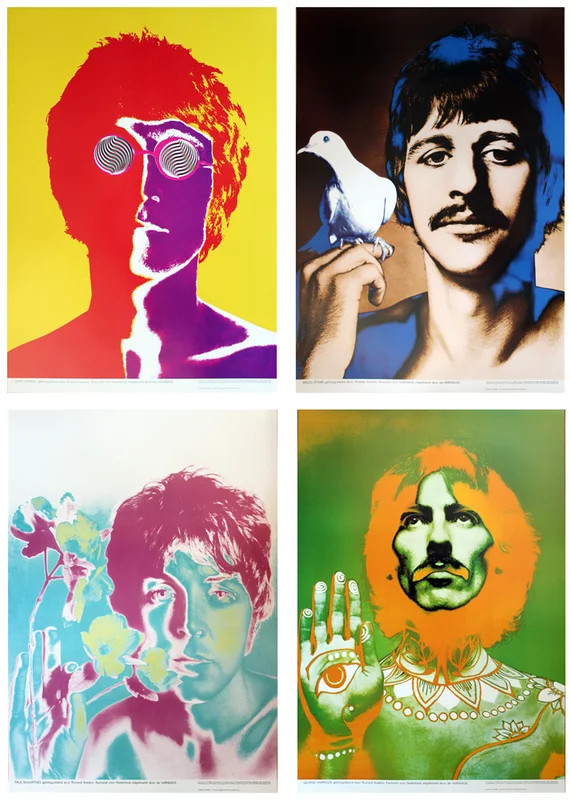
Erano molti anni che non vedevo queste immagini dei Beatles fotografate ed elaborate da Richard Avedon nel 1967, quando me le sono trovate davanti in un sito (che peraltro vende manifesti non musica).
Così ho pensato di invitarvi a riascoltare quella che considero una delle canzoni più sperimentali che i Beatles abbiano mai scritto. E non è A Day in the Life e nemmeno Revolution #9, ma Tomorrow Never Knows, il brano che chiude l’album Revolver del 1966.
Ci sono decine di loops che entrano ed escono di continuo. E sono loops veri, fatti tagliando e misurando il nastro. La leggenda racconta che Paul arrivò allo studio portandosi i nastri in un sacchetto di plastica e che furono caricati su una serie di registratori piazzati qui e la nello studio, tutti collegati a un mixer che permetteva di controllarli.
Qui trovate l’analisi di Alan W. Pollack.
The Beatles – Tomorrow Never Knows (1966)
